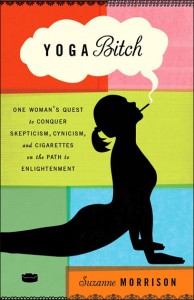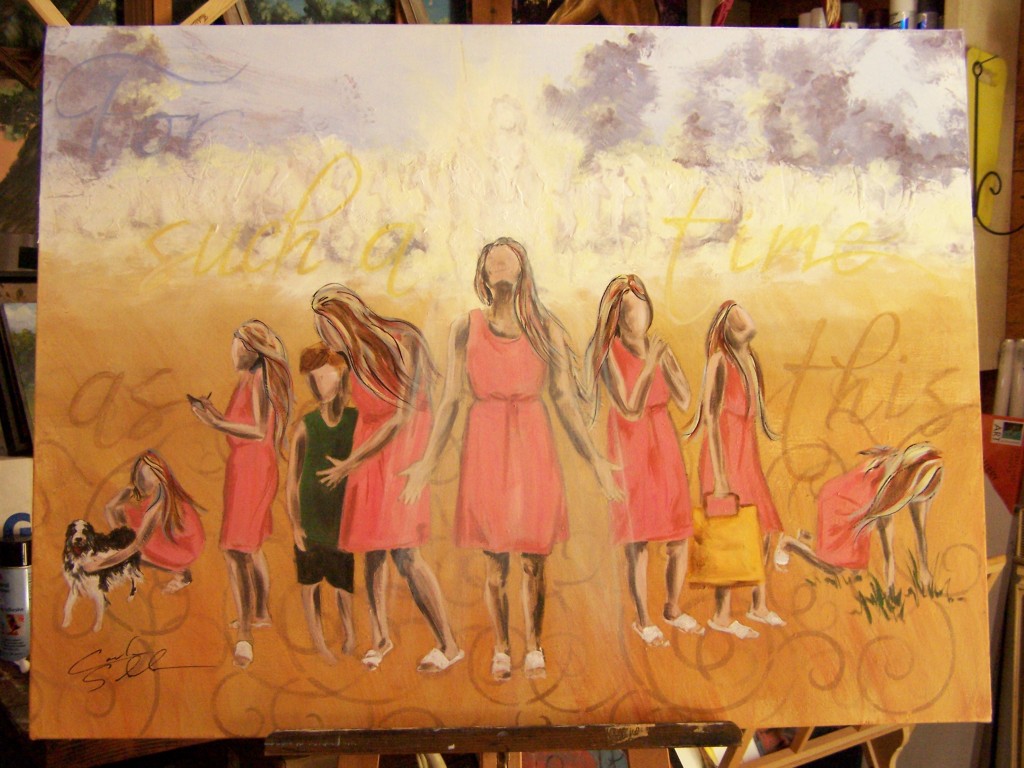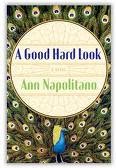 I just finished A Good Hard Look (Penguin, 2011) by Ann Napolitano. Perhaps you’ve heard of it, since there has been a lot of buzz about a book daring to introduce writer Flannery O’Connor as a fictional character. But actually she is not on stage in this novel very much, crippled by lupus, homebound at her mother’s farm in Milledgeville, Georgia, writing her novels and stories, sitting out on the front porch surrounded by her raucous brood of peacocks and other birds. Instead, the main characters are mostly townspeople, some who have regular contact with Flannery, some none at all. Yet their lives very much resemble one of her short stories, full of tragedy and rare moments of grace. Although I couldn’t totally buy some of the goings-on pertaining to these characters, I very much admired Napolitano’s portrait of Flannery. Her stubbornness, bluntness and lack of sentimentality are a few of the characteristics that really rang true for me. Although I have found reading O’Connor to be something like a daunting, scream-filled roller coaster ride, years ago I went through a stage of literary curiosity where I dipped into The Habit of Being, O’Connor’s collected letters, so I know enough to say that Napolitano truly called forth the writer’s essence. Never mind the other characters — my favorite scenes involved Flannery and her peacocks. “The birds soothed her; their bright colors and disdainful expressions were precisely what she wished to see.” (p. 288)
I just finished A Good Hard Look (Penguin, 2011) by Ann Napolitano. Perhaps you’ve heard of it, since there has been a lot of buzz about a book daring to introduce writer Flannery O’Connor as a fictional character. But actually she is not on stage in this novel very much, crippled by lupus, homebound at her mother’s farm in Milledgeville, Georgia, writing her novels and stories, sitting out on the front porch surrounded by her raucous brood of peacocks and other birds. Instead, the main characters are mostly townspeople, some who have regular contact with Flannery, some none at all. Yet their lives very much resemble one of her short stories, full of tragedy and rare moments of grace. Although I couldn’t totally buy some of the goings-on pertaining to these characters, I very much admired Napolitano’s portrait of Flannery. Her stubbornness, bluntness and lack of sentimentality are a few of the characteristics that really rang true for me. Although I have found reading O’Connor to be something like a daunting, scream-filled roller coaster ride, years ago I went through a stage of literary curiosity where I dipped into The Habit of Being, O’Connor’s collected letters, so I know enough to say that Napolitano truly called forth the writer’s essence. Never mind the other characters — my favorite scenes involved Flannery and her peacocks. “The birds soothed her; their bright colors and disdainful expressions were precisely what she wished to see.” (p. 288)
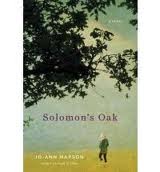 Solomon’s Oak (Bloomsbury, 2010) by Jo-Ann Mapson is the kind of domestic fiction I think of as my bread-and-butter reading. Recently widowed Glory Solomon lives on a farm in California where an two hundred year-old large white oak tree reigns supreme. Photographers and seekers from around the world often stop by asking for permission to hang out under the tree’s branches. Glory’s husband built a small chapel near the tree, and she has started offering catered weddings there. Her finances are so tight she also holds down a job at the local Target store. She is also a dog trainer. Against her better judgement, she takes in a pierced and tattooed foster child, Juniper McGuire. Their rocky relationship is bettered when photographer Joseph Vigil, a former cop recovering from a painful gunshot wound, becomes a regular visitor to the farm. All three characters are suffering. And I found I very much cared what happened to them, which for me is the essence of a good read.
Solomon’s Oak (Bloomsbury, 2010) by Jo-Ann Mapson is the kind of domestic fiction I think of as my bread-and-butter reading. Recently widowed Glory Solomon lives on a farm in California where an two hundred year-old large white oak tree reigns supreme. Photographers and seekers from around the world often stop by asking for permission to hang out under the tree’s branches. Glory’s husband built a small chapel near the tree, and she has started offering catered weddings there. Her finances are so tight she also holds down a job at the local Target store. She is also a dog trainer. Against her better judgement, she takes in a pierced and tattooed foster child, Juniper McGuire. Their rocky relationship is bettered when photographer Joseph Vigil, a former cop recovering from a painful gunshot wound, becomes a regular visitor to the farm. All three characters are suffering. And I found I very much cared what happened to them, which for me is the essence of a good read.
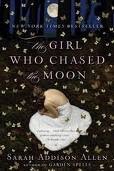 I’ve been meaning to catch up with Sarah Addison Allen ever since I listed Garden Spells as one of my favorite books of 2008. I picked up The Girl Who Chased the Moon (Bantam, 2010) in an airport a few months ago, and by the end of a long day of travel, that book was fully consumed. Emily Benedict is seventeen years old when she meets her (eight foot tall) maternal grandfather for the first time. She moves into his home in Mullaby, North Carolina, hoping to learn more about her deceased mother. Instead she has stepped into a fairytale; the wallpaper in her room changes much as a mood ring might, and ghost lights appear in the yard. She becomes friends with Julia Winterson, a baker whose cakes represent all her hopes in the world, having aromas so powerful they seem to rise up off the pages. For more sweetness, there are romantic elements. And of course, secrets bubbling under the surface of the town. Add it all up and you’ve got a frothy, offbeat fun read. If you like Alice Hoffman, you’ll enjoy Sarah Addison Allen.
I’ve been meaning to catch up with Sarah Addison Allen ever since I listed Garden Spells as one of my favorite books of 2008. I picked up The Girl Who Chased the Moon (Bantam, 2010) in an airport a few months ago, and by the end of a long day of travel, that book was fully consumed. Emily Benedict is seventeen years old when she meets her (eight foot tall) maternal grandfather for the first time. She moves into his home in Mullaby, North Carolina, hoping to learn more about her deceased mother. Instead she has stepped into a fairytale; the wallpaper in her room changes much as a mood ring might, and ghost lights appear in the yard. She becomes friends with Julia Winterson, a baker whose cakes represent all her hopes in the world, having aromas so powerful they seem to rise up off the pages. For more sweetness, there are romantic elements. And of course, secrets bubbling under the surface of the town. Add it all up and you’ve got a frothy, offbeat fun read. If you like Alice Hoffman, you’ll enjoy Sarah Addison Allen.



